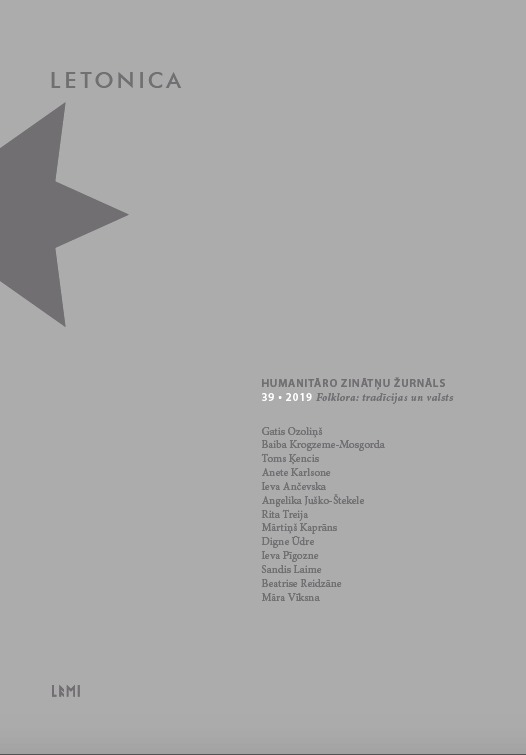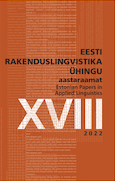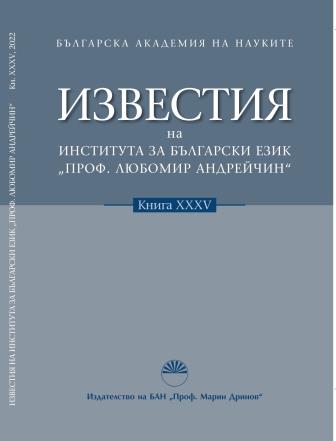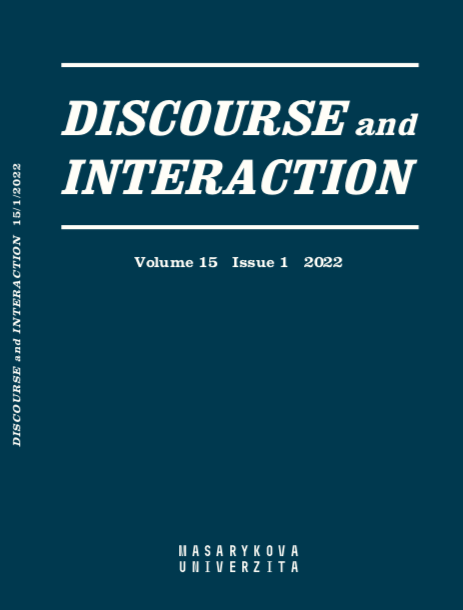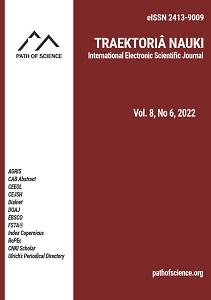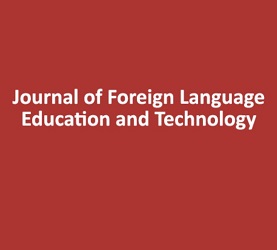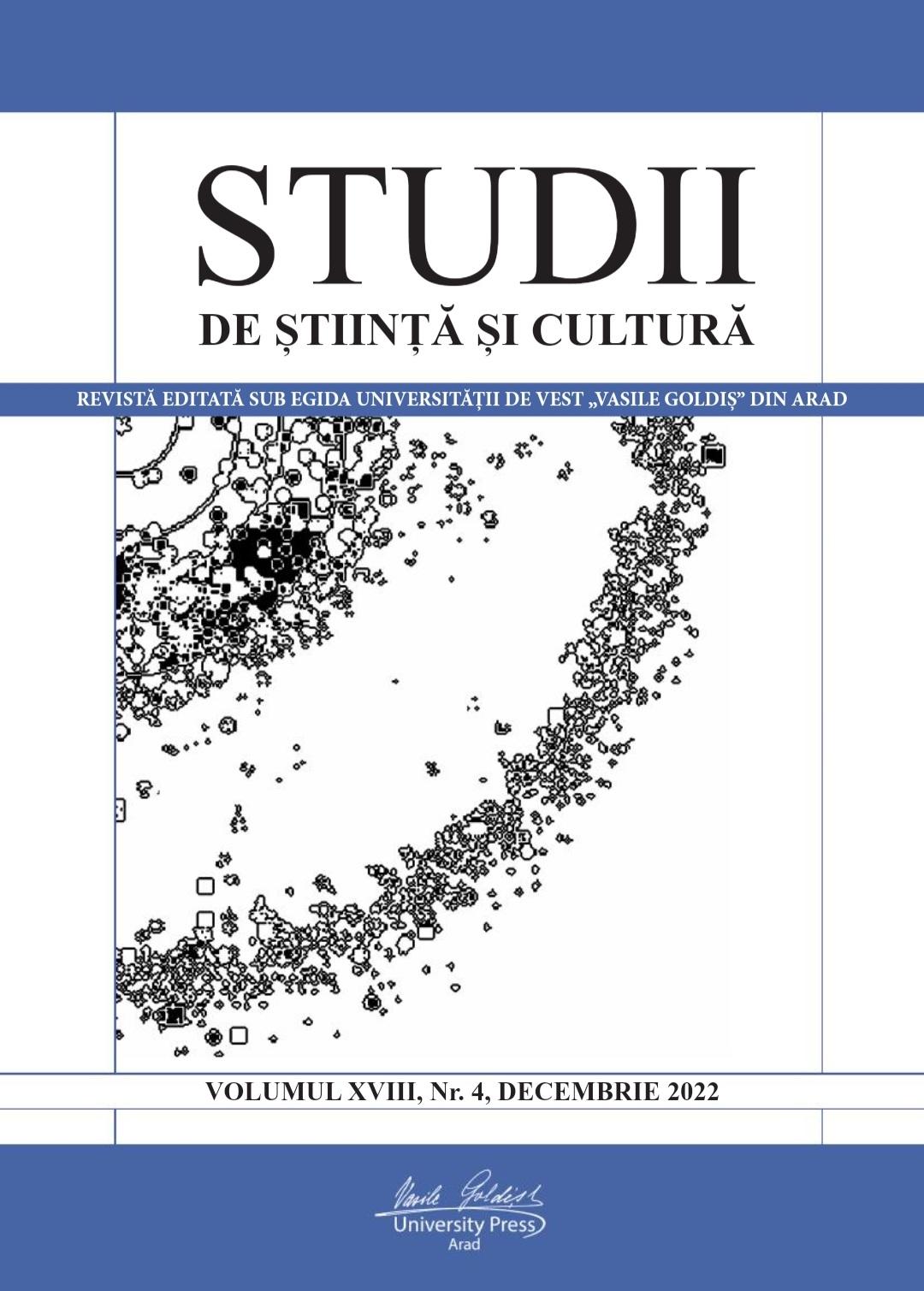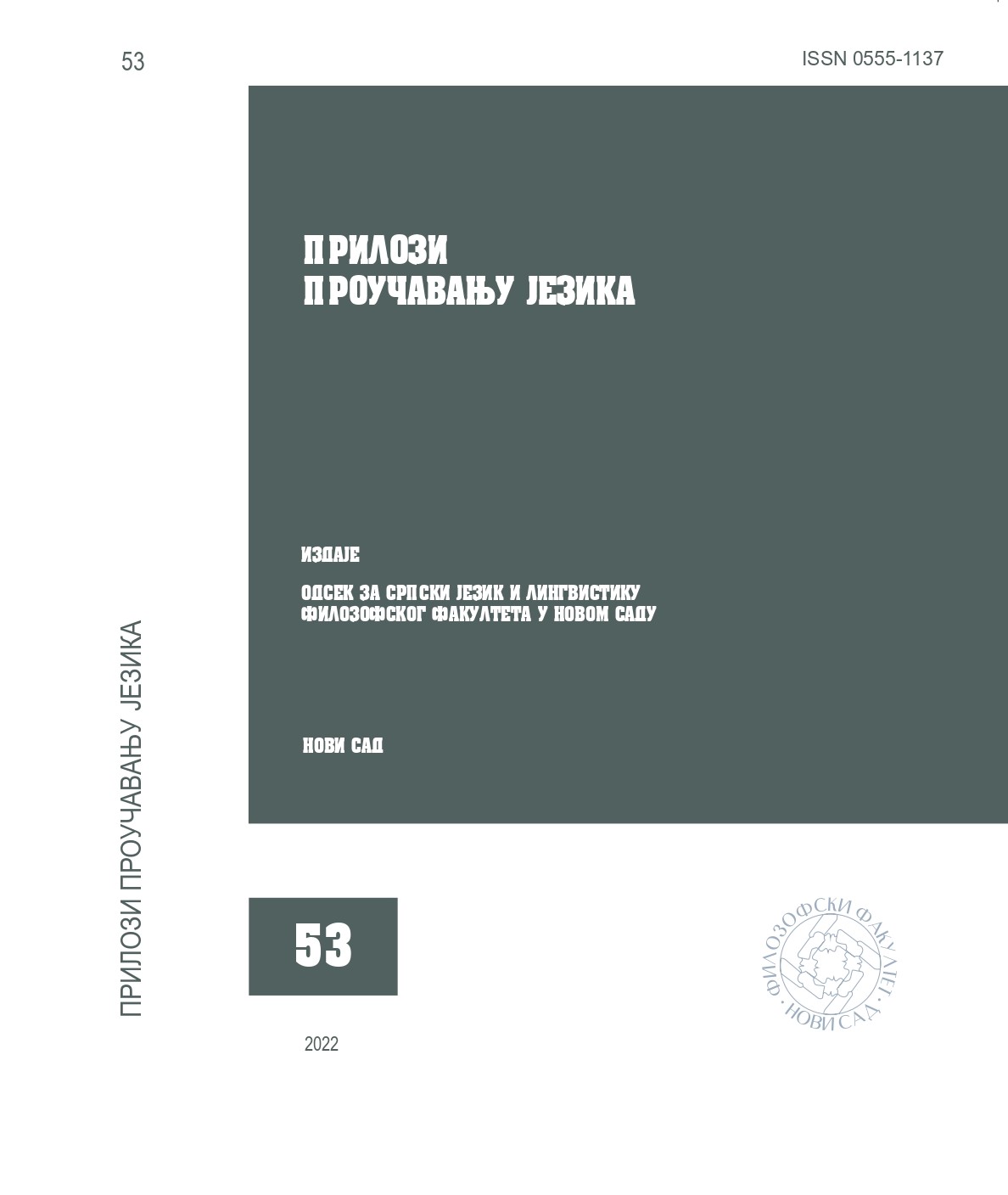Varieerumine tarvis-/vaja-konstruktsioonides keelekontaktide valguses
This article investigates variation in constructions expressing need in Estonian, based on material from the Corpus of Spoken Estonian, the 1990s Fiction Subcorpus of Written Estonian, and the Estonian Dialect Corpus. The predicates included in the study, vaja/tarvis olema ‘need’, form two basic constructions: one takes a nominal complement and expresses a need for something or a lack of something (Mul on raamatut vaja. ‘I need a book’); the other takes an infinitival complement and conveys modal semantics (Mul on vaja raamatut lugeda. ‘I need to read a book’). These constructions are characterised by considerable variability, conditioned by language-internal (both syntactic and semantic) factors on the one hand, and on the other, language-external factors, primarily language contact. In this paper, we focus on those aspects of variation in the ‘need’-constructions which have clear parallels with the closest neighboring contact languages, Russian and Latvian. These include the choice of modal adverb (tarvis or vaja), case-marking on the nominal complement (nominative or partitive), the choice of copula verb (olema ‘be’, tulema ‘come’, minema ‘go’ or copula ellipsis), and case-marking of the experiencer argument (adessive, allative or omitted argument). We describe parallel developments for each of these elements in the corresponding constructions in Russian and Latvian, which partially account for the variation in Estonian.
More...
